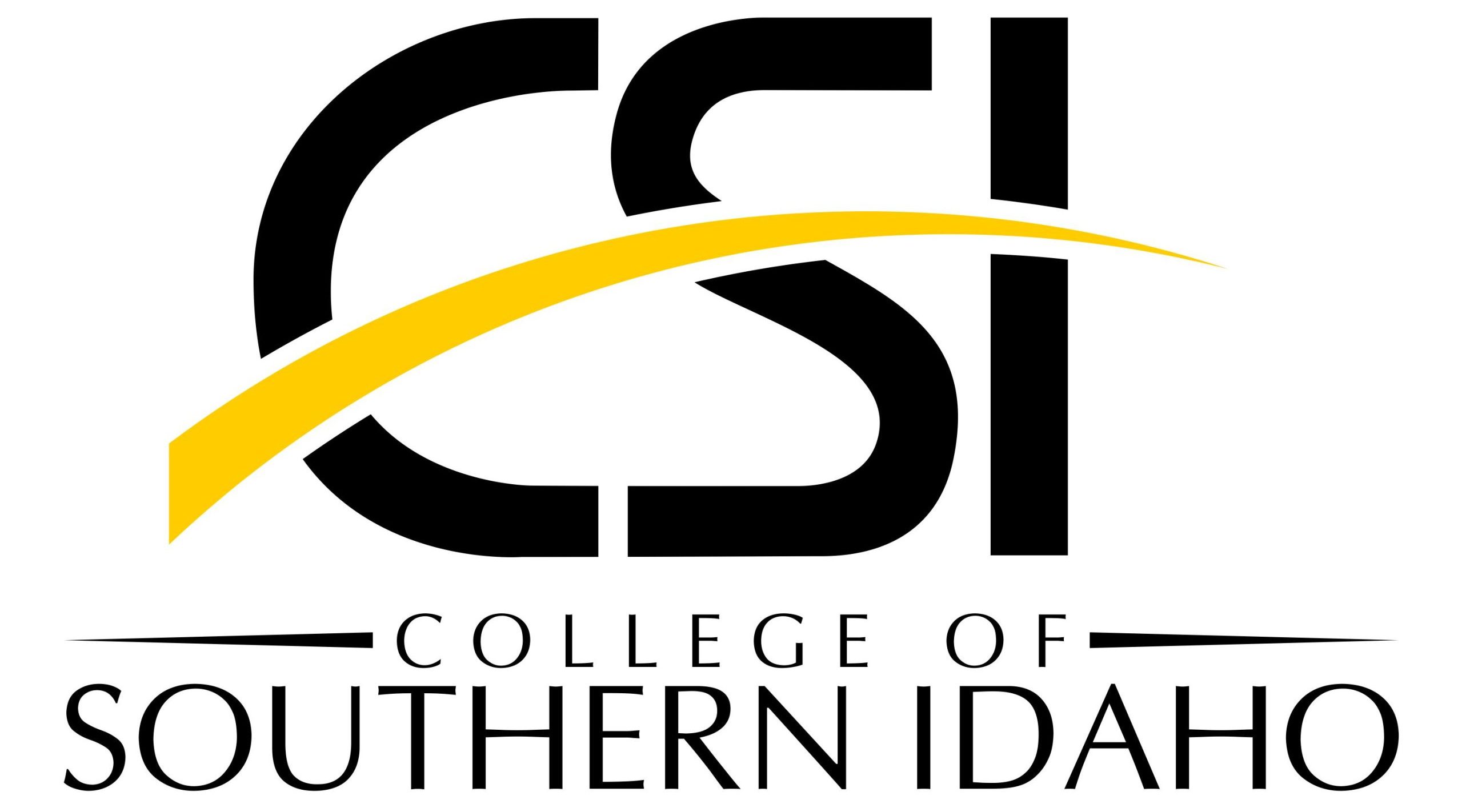10 Preservation
When a librarian preserves an item, the prime focus is to preserve the information within the item. The physical nature of the item is not paramount in and of itself. The only exception to this is if the physical format is necessary to the understanding of the information contained within in an item. Now, of course, librarians still seek to preserve the physical nature of the item because completely changing everything would waste time.
At the same time, as much as we try there are sometimes in which the original format of an item will need to be sacrificed in order to preserve the data or information within it. There are multiple recourses to use when faced with this challenging decision. If the item is a book that cannot be replaced, the pages can be removed from the binding and rebound with a different cover and stronger binding. Alternatively, a less enticing solution would be to take the pages and put them on specialized paper with a specific type of glue. then, these would be placed in a loose-leaf folder that is non-acidic.
If the item is a photograph, image, or painting and must be viewed at all times, it can be placed between mattes and framed. If it can be removed from sight, it should be placed in cold, humidity-controlled environment if possible. Whether or not this is possible, photographs should be kept in isolated containers. Some libraries put photographs in special slips to prevent contamination by particles and other corroding agents. Artworks are ideally always displayed and hung up. Contrary to what one may think, the best way to preserve a painting is to display it and inspect it routinely for conservation issues. If an artwork must be removed from display, it should be placed in a room-temperature room and the image side of the painting should be protected with a thick, stiff board.
Preservation guides and trainings may seem to be few and far between, and courses and certification programs are expensive and time-consuming. However, you do not have to wait to be certified to practice good preservation techniques. Here are some good preservation guides as well as a good database to look for training and education materials:
- A Simple Book Repair Manual by Dartmouth College. This manual describes how to repair all sorts of damage that happen to books.
- Library of Congress Preservation Directorate, which holds information about preserving many different items, including digital items.
- Bookbinding: A Tutorial, by Douglas Jones of the University of Iowa Department of Computer Science. This page was created in 1995 and is therefore almost thirty years old, but its information is valid.
- The Care and Handling of Special Collections Materials LibGuide by Yale Library. The sections on “Books and Other Bound Materials” and “Objects and 3-D Artworks” will be especially useful to most libraries.
- Conservation OnLine (CoOL), a massive forum providing preservation advice, sometimes in the form of trainings. If you search entries in the database, you can limit them by the institution or publication that offered the advice. For example, I would recommend that for most books and paper issues, you would select the BPGA, which stands for “Book and Paper Group Annual.” This is a journal published by the American Institute for Conservation. You look at lists of conservation advice by topic.
Digital Preservation
If preservation of a common book is not possible, the library may decide to weed that copy and get a newer edition or a like-new copy of the same edition. Another option, and one that has become increasingly accessible and popular since the 2000s, is to digitally preserve the item. Digital preservation does not mean that once a digital copy is made, the original is destroyed or hidden away and never thought about or preserved physically.

“Library of Congress Pavilion: Digital Preservation” by Ryan Somma is licensed under CC BY 2.0. To view a copy of this license, visit https://creativecommons.org/licenses/by/2.0/?ref=openverse.
Digital preservation seeks to preserve a surrogate image of a library item at its peak so its information can be stored and preserved for long after the physical item has lost its usability. A side effect of this type of preservation is a massive increase in access to the information contained in the physical item. People from all over the world could possibly view the digitally-preserved item, provided there is no membership or pay wall on a library’s digital collections. There are a myriad of factors to consider when preserving items digitally, including minimum redundancy, the inevitable creation of digital collections that mirror physical collections and whether or not these should be made similar to born-digital items, preservation formats, sizes, storage space, storage location, migration, and many other factors. However, the point of this section is just to say that digital preservation of items is possible.


Feedback/Errata